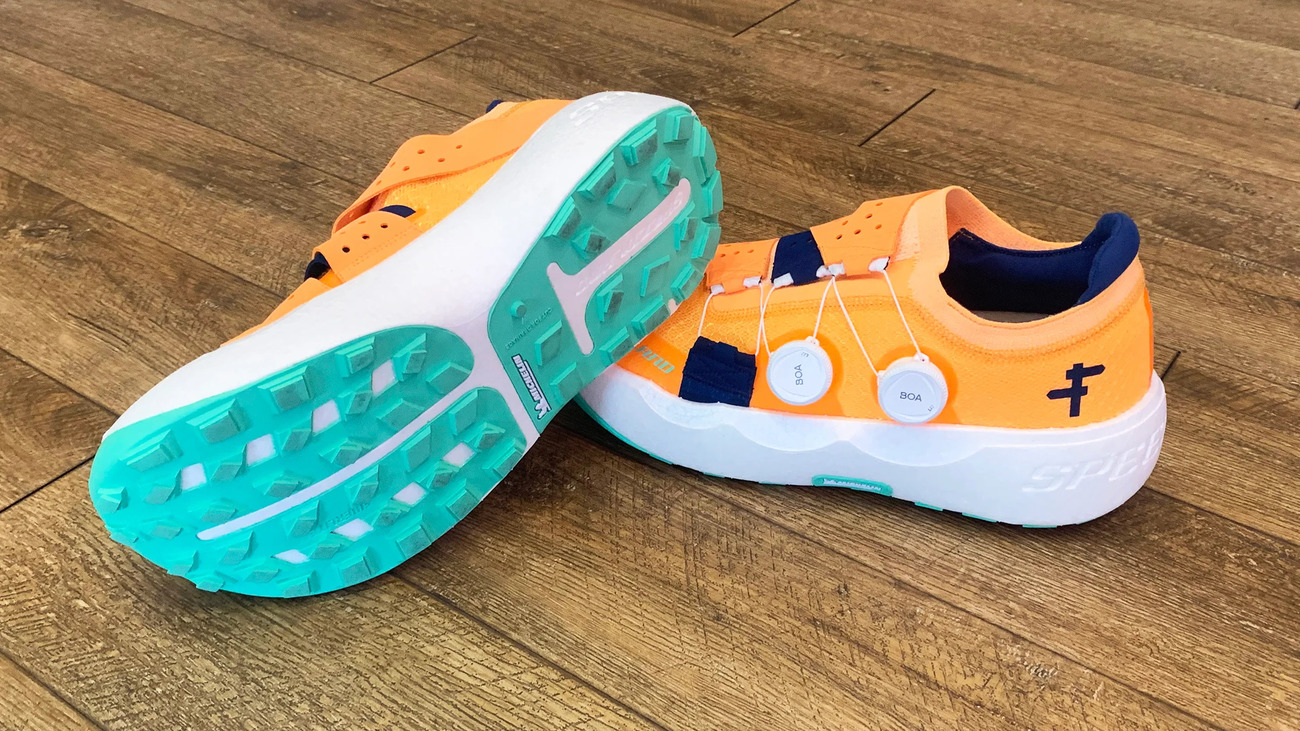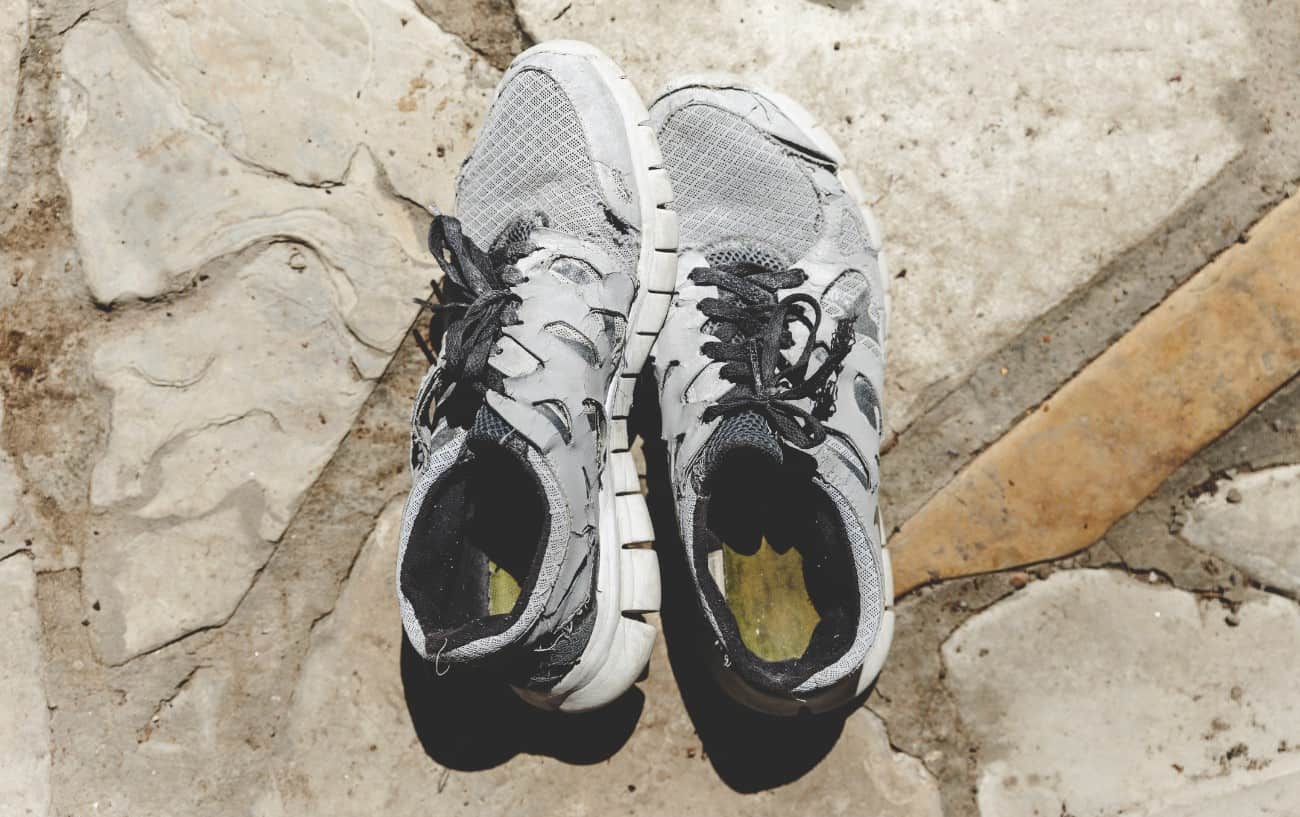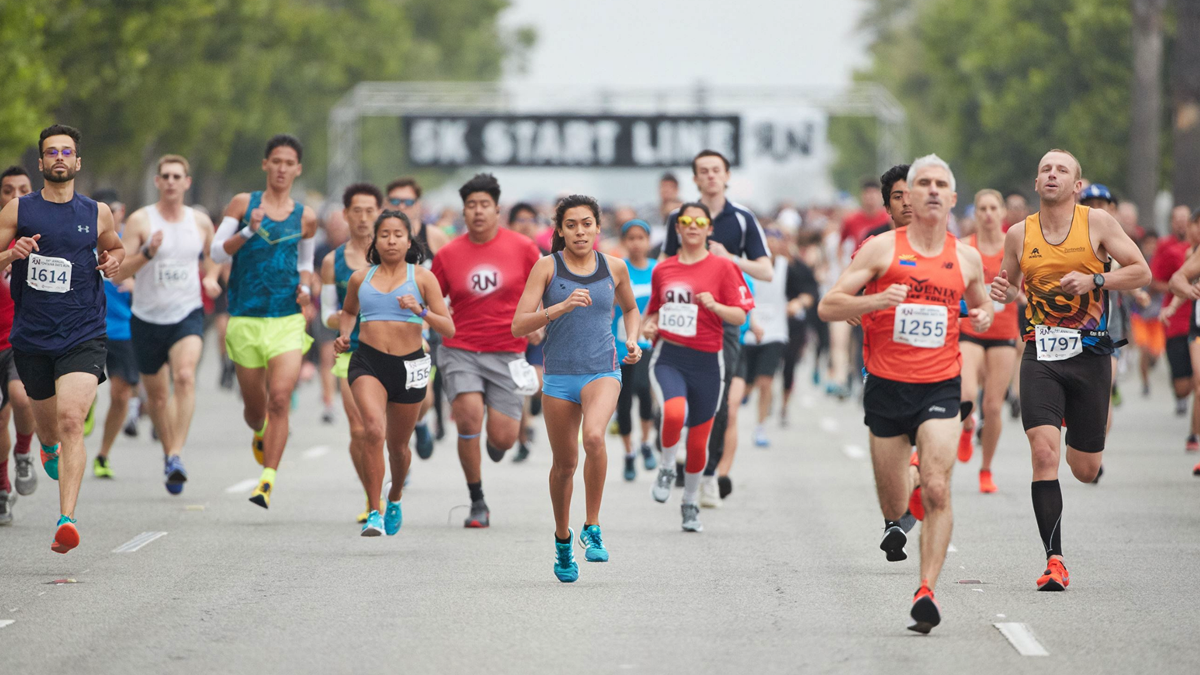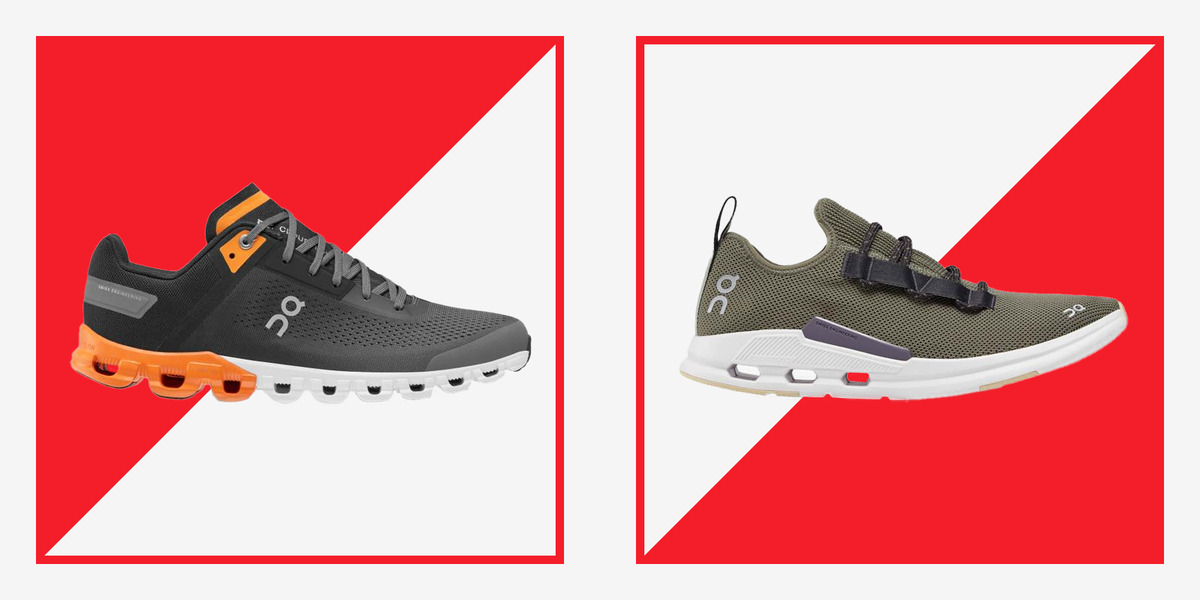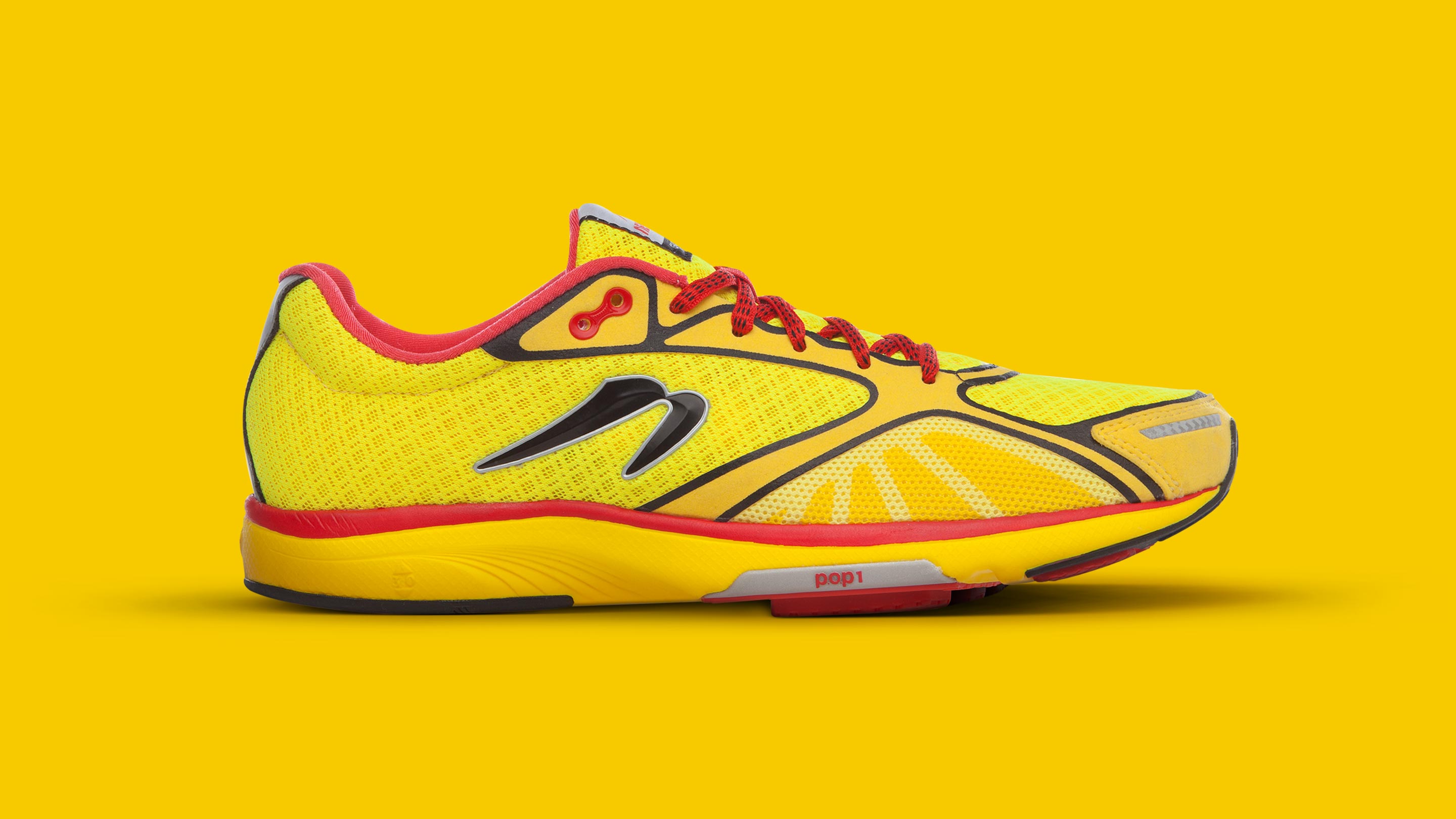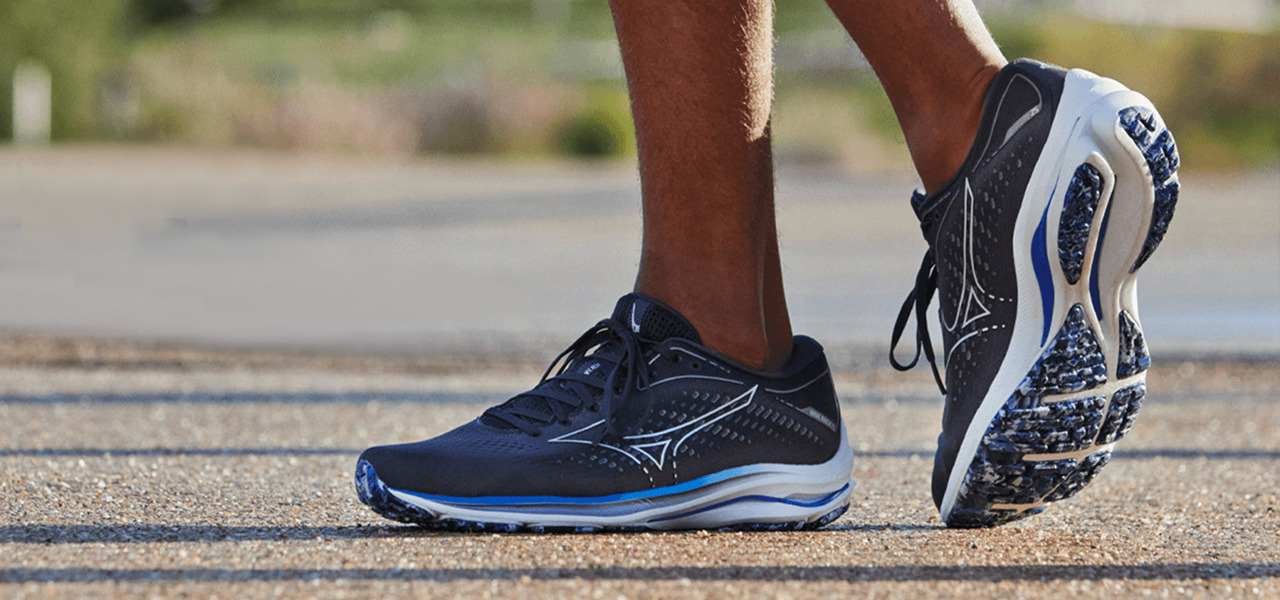Home>Misc>Featured>Running Shoes Are An Example Of What Type Of Resource?


Featured
Running Shoes Are An Example Of What Type Of Resource?
Modified: August 19, 2023
Find the featured resource for running shoes and discover what type of resource they are. Explore the best options for your running needs.
Introduction
When it comes to achieving our goals and living a fulfilled life, resources play a crucial role in equipping us with the necessary tools and materials. Resources can be defined as anything that is used to achieve a specific purpose or goal, providing support and aid in our endeavors. They can vary greatly, encompassing a wide range of tangible and intangible assets.
In this article, we will explore the concept of resources and delve into the different types that exist. We will also take a closer look at one particular example of a resource: running shoes. By examining running shoes as a resource, we can gain a deeper understanding of how they contribute to our overall well-being and fitness journey.
Whether it’s personal or professional growth, success in a project, or maintaining a healthy lifestyle, resources are indispensable. They empower us to overcome challenges, enhance our capabilities, and achieve our desired outcomes. Understanding the various types of resources and their impacts on our lives can help us make informed decisions and optimize our use of them.
Now, let’s delve into the fascinating world of resources and uncover the different types that exist, including how running shoes exemplify one of these types.
Definition of Resources
Resources can be broadly defined as anything that is utilized to achieve a specific purpose or goal. They are assets or tools that contribute to the success of a task or the attainment of an objective. These assets can be tangible, such as physical objects or materials, or intangible, such as knowledge, skills, or time.
Resources are the building blocks that support human endeavors and enable progress. They provide the means to overcome challenges, leverage opportunities, and enhance productivity. Without resources, we would be limited in our ability to achieve our goals and fulfill our potential.
There are different types of resources, each serving a specific role in various contexts. By understanding these types, we can better identify and utilize the resources that are most relevant and effective for our particular needs.
It is worth noting that resources are not limited to what we typically associate with wealth or material possessions. While financial resources are undeniably valuable, resources can also include intellectual capital, relationships, technology, and even personal qualities like resilience or creativity.
Overall, resources are the means through which we navigate life’s challenges and pursue our aspirations. They are the tools we use to bring our visions into reality, and they are essential to our personal and professional growth.
Types of Resources
Resources can be categorized into several different types, each serving a unique purpose and playing a specific role in achieving our goals. Understanding these types can help us identify and leverage the resources that are most applicable to our specific needs. Here are some common types of resources:
- Physical Resources: These are tangible assets such as land, buildings, machinery, tools, and raw materials. Physical resources are commonly used in industries such as manufacturing, construction, and agriculture, where the use of physical infrastructure and materials is vital.
- Financial Resources: These include money, investments, loans, and any other form of monetary assets. Financial resources are crucial for funding projects, investments, and daily operations. They provide the means to acquire other resources and facilitate growth and expansion.
- Human Resources: Human resources refer to the individuals who contribute their skills, knowledge, and labor to the accomplishment of tasks and goals. This includes employees, freelancers, consultants, and volunteers. Human resources are essential for innovation, problem-solving, and the overall functioning of organizations.
- Intellectual Resources: Intellectual resources encompass knowledge, patents, copyrights, trademarks, and other forms of intellectual property. These resources contribute to innovation, competitiveness, and differentiation. Intellectual resources are prevalent in industries such as technology, research, and creative fields.
- Information Resources: Information resources refer to data, research, reports, and any other form of valuable information. In today’s digital age, information resources are crucial for decision-making, problem-solving, and staying informed. The internet and technologies have made access to information resources more convenient and widespread.
These are just a few examples of the various types of resources that exist. It’s important to note that resources are not mutually exclusive, and they often interact with one another. For example, a project may require a combination of financial resources, human resources, and intellectual resources to be successful.
By understanding the different types of resources and how they can be employed, we can make better use of our assets and optimize their potential to achieve our goals.
Examples of Resources
To further illustrate the concept of resources, let’s explore some specific examples that fall under different resource types:
- Physical Resource Example: A manufacturing company requires machinery, equipment, and raw materials to produce their goods. These physical resources are essential for their operations.
- Financial Resource Example: A startup needs funding to develop its product and launch it in the market. They may seek out venture capital or secure a business loan to acquire the necessary financial resources.
- Human Resource Example: A software development team consists of developers, designers, and project managers who work collaboratively to create and maintain software products. The skills and expertise of these individuals are valuable human resources.
- Intellectual Resource Example: A pharmaceutical company holds patents for innovative drugs, giving them exclusive rights to produce and sell those drugs. These intellectual resources give the company a competitive advantage in the market.
- Information Resource Example: A marketing agency uses market research reports, customer data, and industry trends to develop effective marketing strategies for their clients. These information resources enable them to make data-driven decisions.
These examples highlight how resources are utilized in various industries and contexts to achieve specific objectives. Each example demonstrates the importance of different types of resources and their impact on the success of a project or organization.
It’s important to recognize that resources are not limited to these examples. Resources can also include intangible assets such as networks, relationships, reputation, and personal qualities like leadership or creativity. The key is to identify and leverage the resources that are most relevant and valuable for achieving specific goals and objectives.
Now, let’s turn our focus to one particular example of a resource: running shoes.
Running Shoes as a Resource
Running shoes are an excellent example of a resource that plays a significant role in promoting physical fitness and overall well-being. As a tangible asset, they provide support and protection for the feet during running or other physical activities.
Running shoes are specifically designed to reduce the impact on joints and muscles, cushion the feet, and provide stability. They offer features such as shock absorption, arch support, and breathable materials to enhance comfort and prevent injuries. By providing the necessary cushioning and support, running shoes help prevent strain and minimize the risk of foot and leg-related issues.
Moreover, running shoes optimize performance by improving grip and traction, allowing runners to maintain stability and maximize their stride. The materials used in running shoes are lightweight, flexible, and durable, enabling runners to move efficiently and comfortably.
Running shoes also serve as motivation and encouragement for individuals pursuing a regular exercise routine. The act of putting on running shoes signals a commitment to physical activity and can trigger a mindset of motivation and dedication. By having a dedicated pair of shoes for running, individuals are more likely to stay consistent and committed to their fitness goals.
Furthermore, running shoes can also be seen as a psychological resource. They can boost confidence by providing a sense of professionalism and preparedness. The right pair of running shoes can make a runner feel more confident, capable, and ready to conquer their goals.
Beyond the physical and psychological benefits, running shoes also contribute to the social aspect of exercise. They can be a conversation starter among fellow runners or a way to connect with a community of fitness enthusiasts. Wearing running shoes signifies a shared interest and allows individuals to bond over their passion for running and fitness.
In summary, running shoes are a valuable resource for maintaining an active lifestyle and promoting physical well-being. They provide comfort, support, and performance-enhancing features while also serving as a motivational tool. From protecting the feet to optimizing performance and fostering a sense of community, running shoes are an essential resource for individuals seeking to lead a healthy and active lifestyle.
Conclusion
Resources are the foundations upon which we build and achieve our goals. They come in various forms, including physical, financial, human, intellectual, and information resources. Each type plays a crucial role in different aspects of our lives and endeavors.
In this article, we explored the concept of resources and examined running shoes as an example of a valuable resource. Running shoes not only provide physical support and protection but also serve as a psychological and social resource. They contribute to our overall well-being, promoting fitness, motivation, and a sense of community among runners.
Understanding the diverse types of resources empowers us to make informed decisions and optimize their usage. By leveraging resources effectively, we can enhance our capabilities, achieve our goals, and lead fulfilling lives. It is important to recognize the value and potential of different resources and to continually assess and adjust our resource allocation based on our evolving needs and objectives.
Whether it’s running shoes, financial assets, human skills, or intellectual property, resources are the tools that enable us to thrive. They are the keys that unlock our potential and help us navigate the challenges and opportunities that come our way.
So, remember to identify and make the most of the resources available to you. Embrace their power and let them guide you on your journey towards success and personal growth.

